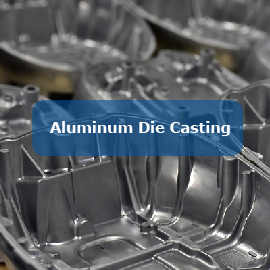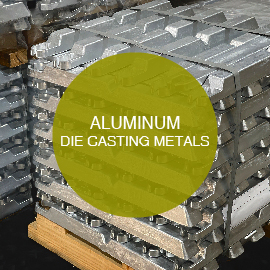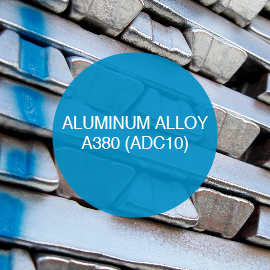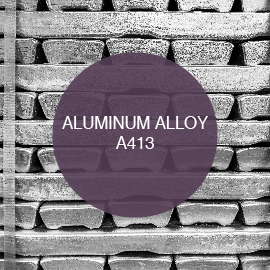ALUMINUM ALLOY A383 (ADC12)
ADC12 alloy is utilized to produce die-casting parts. This aluminum alloy is also called A383. This material is very affordable and makes manufacturing more manageable. This material is preferred all over the world because of its excellent properties.

A383 Characteristics
ADC12 is suitable for components that improve the properties of die-filling. When it is heated, its level of resistance causes it to crack. The properties of aluminum are of very top quality. The value and performance of ADC12 remain balanced because of the ease of casting. ADC12 provides excellent mechanical performance as the silicon level is higher and the copper level is lower in it.
The dimensional stability of this material is also well maintained. It is affordable in price. It also provides strong corrosion resistance. At the design stage, it is essential to choose the aluminum alloys that will be best suited for that particular task. One should give ADC12 some thought if anyone needs material for production or development.
Advantages
The main advantages of Aluminum Alloy A383(ADC12) are listed below.
- Lightweight and durable
- Higher corrosion resistance
- Higher oxidation resistance
- Function well both in high and low temperatures
- Good machinability
- Suitable for complicated die-casting projects
- Easy to cast
- Affordable material
Applications
ADC12 has also undergone extensive research, which indicates the reliability of its application. AD12 is a widely preferred material because of its excellent mechanical and processing properties. There are numerous applications of ADC12. Any die-casting component can use it.
It is a great option for producing complex parts in a large volume at a reasonable price. The corrosion resistance of this material is high which makes it best suited for making difficult parts like brackets and covers of the sensor, cylinder blocks, head covers of the cylinder, etc.
This material is also applicable for making communication equipment, electric vehicles, power tools, electronic devices, engine brackets, appliances, furniture, lighting from LEDs, parts for motor vehicles, carpentry, valves, technical equipment, and other things.
Mechanical Properties
| Contents | Value |
| Brinell Hardness | 75 HB |
| Rockwell B Hardness | 53 |
| Knoop Hardness | 109 |
| Vickers Hardness | 96 |
| Ultimate Tensile Strength | 310 MPa |
| Yield Strength | 150 MPa |
| Shear Strength | 199 MPa |
| Fatigue Strength | 140 MPa |
| Impact Strength | 4 J |
| Elongation | 3.5 % in 50 mm |
| Modulus of Elasticity | 71.0 GPa |
| Machinability | 50 % |
| Endurance | 150 MPa |
Physical Properties
| Contents | Value |
| Electrical Conductivity | 23.0 % IACS |
| Thermal Conductivity | 96 W/mK |
| Melting Point (average) | 549 ℃ |
| Coefficient of Thermal Expansion | 21.1 µm/m°K |
| Specific Heat Capacity | 963 J/Kg.K |
| Density | 2,74 g/cm³ |
Alloy Composition
| Contents | Value |
| Aluminum (Al) | 79.65-82.65% |
| Silicon (Si) | 9.5-11.5 % |
| Zinc (Zn) | 3.0 % |
| Magnesium (Mg) | 0.1 % |
| Tin (Sn) | 0.15 % |
| Copper (Cu) | 2.0-3.0 % |
| Manganese (Mn) | 0.5 % |
| Nickel (Ni) | 0.3 % |
| Iron (Fe) | 1.3 % |
| Other-Metallic | 0.5 % |
How A383 ompares to other Aluminum Alloys
There are several materials in the market for producing die-casting components. Such as: A380, A383, A360, A413, A514 and so on. A383 is slightly modified from the A380 as it provides additional die-filling accuracy. It works excellently in terms of building complex die-casting projects.
A383 is a better material than A413 as it provides higher corrosion resistance. A413 has lower corrosion resistance. Moreover, A413 is more expensive than A383. In comparison to A360 and A314, A383 is simpler to use. One major disadvantage of A360 and A514 is the difficulty in casting.





